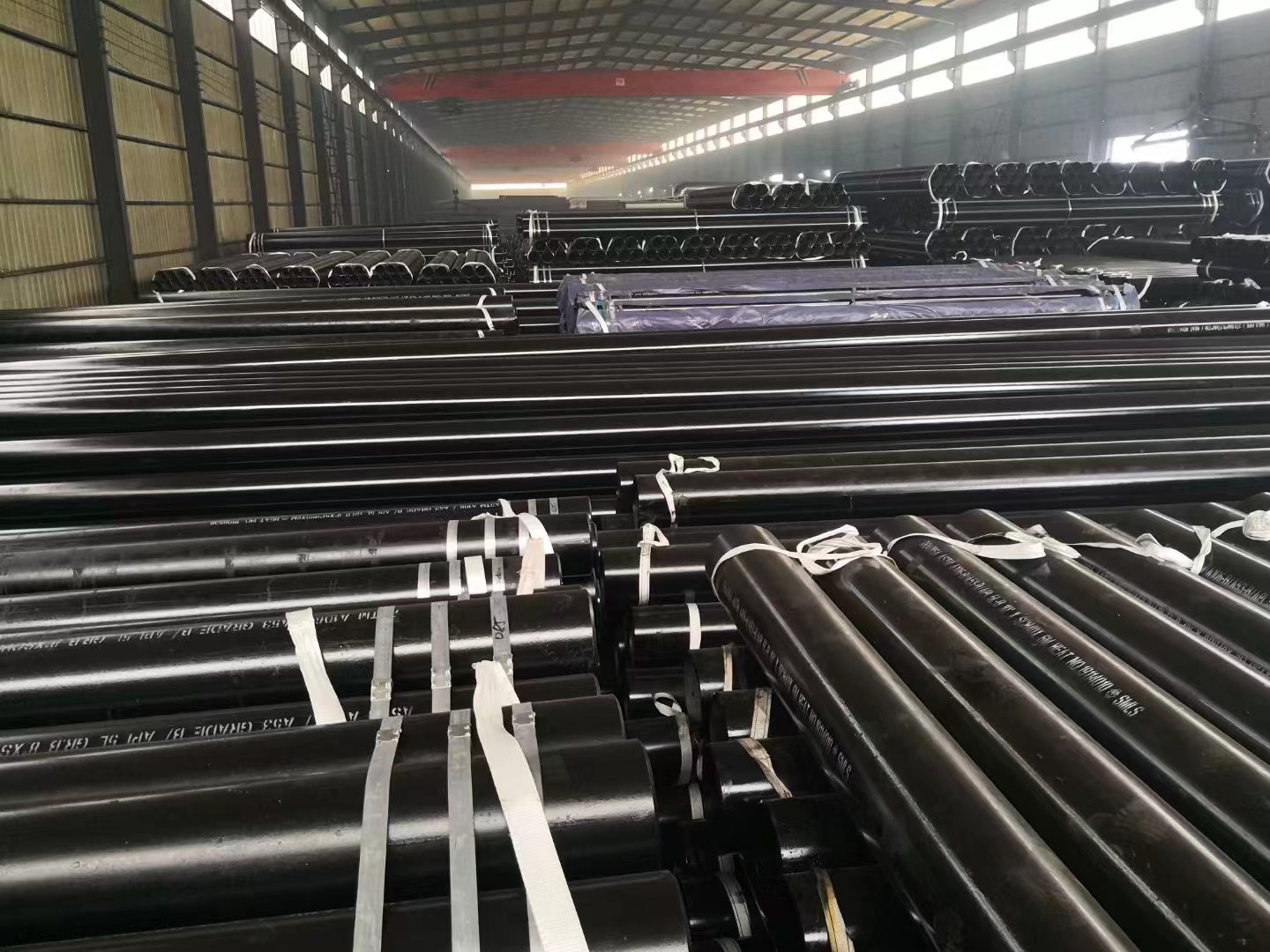-
Cangzhou Yulong Steel Co., Ltd.
-
Phone:
+86 13303177267 -
Email:
admin@ylsteelfittings.com
- English
- Arabic
- Italian
- Spanish
- Portuguese
- German
- kazakh
- Persian
- Greek
- French
- Russian
- Polish
- Thai
- Indonesian
- Vietnamese
- Zulu
- Korean
- Uzbek
- Hindi
- Serbian
- Malay
- Ukrainian
- Gujarati
- Haitian Creole
- hausa
- hawaiian
- Hebrew
- Miao
- Hungarian
- Icelandic
- igbo
- irish
- Japanese
- Javanese
- Kannada
- Khmer
- Rwandese
- Afrikaans
- Albanian
- Amharic
- Armenian
- Azerbaijani
- Basque
- Belarusian
- Bengali
- Bosnian
- Bulgarian
- Catalan
- Cebuano
- China
- China (Taiwan)
- Corsican
- Croatian
- Czech
- Danish
- Esperanto
- Estonian
- Finnish
- Frisian
- Galician
- Georgian
- Kurdish
- Kyrgyz
- Lao
- Latin
- Latvian
- Lithuanian
- Luxembourgish
- Macedonian
- Malgashi
- Malayalam
- Maltese
- Maori
- Marathi
- Mongolian
- Myanmar
- Nepali
- Norwegian
- Norwegian
- Occitan
- Pashto
- Dutch
- Punjabi
- Romanian
- Samoan
- Scottish Gaelic
- Sesotho
- Shona
- Sindhi
- Sinhala
- Slovak
- Slovenian
- Somali
- Sundanese
- Swahili
- Swedish
- Tagalog
- Tajik
- Tamil
- Tatar
- Telugu
- Turkish
- Turkmen
- Urdu
- Uighur
- Welsh
- Bantu
- Yiddish
- Yoruba

Jul . 20, 2024 02:02 Back to list
Understanding the Importance and Functionality of Drive Belts in Mechanical Systems
Understanding Drive Belts A Critical Component in Mechanical Systems
Drive belts play a vital role in various mechanical systems, serving as essential connectors that transmit power between different components. These components can vary from engines and motors to industrial machinery. Understanding the function, types, and maintenance of drive belts is crucial for anyone involved in mechanical engineering or automotive care.
The Function of Drive Belts
Drive belts are designed to transfer rotational energy from one part of a machine to another, often converting the output of an engine to drive auxiliary components such as alternators, water pumps, and air conditioning compressors. The efficiency of this power transfer is critical, as it directly affects the overall performance of a machine. In vehicles, for instance, a well-functioning drive belt ensures optimal engine operation, fuel efficiency, and reduced emissions.
Types of Drive Belts
There are several types of drive belts, each suited for specific applications. The most common types include
1. V-belts Characterized by their trapezoidal cross-section, V-belts are commonly used in automotive applications. Their design allows them to fit snugly into pulleys, maximizing friction and minimizing slippage. V-belts are durable and can handle a significant load, making them suitable for various engines and machinery.
2. Timing belts Also known as synchronous belts, timing belts have teeth that engage with pulleys, ensuring precise timing between engine components. They prevent slippage, making them ideal for applications where synchronization is critical, such as in internal combustion engines. Timing belts require regular maintenance since a failure can lead to catastrophic engine damage.
drive belts

3. Flat belts These belts, with a rectangular cross-section, were once the standard in many applications, including early machinery and conveyor systems. While less common today, they can still be found in certain niche applications where high-speed operation is not required.
4. Serpentine belts A single, continuous belt that loops around multiple pulleys, serpentine belts simplify automotive designs by reducing the number of individual belts needed. They often drive the water pump, alternator, and power steering pump, providing flexibility and space efficiency.
Maintenance and Replacement
Regular maintenance is essential for the longevity of drive belts. Inspecting belts for signs of wear, such as cracks, fraying, or glazing, is crucial. A worn-out belt can lead to reduced performance, increased fuel consumption, and even complete mechanical failure. Manufacturers typically recommend replacing drive belts every 60,000 to 100,000 miles, but this can vary based on usage and environmental conditions.
When replacing a drive belt, it’s vital to choose the correct type and size for your specific application. An improperly sized belt can lead to slippage or failure, compromising system performance. Additionally, when installing a new belt, ensure that all pulleys and components are aligned correctly, as misalignment can cause premature wear.
Conclusion
Drive belts are integral to the efficiency and functionality of many mechanical systems. Understanding their types, functions, and maintenance needs can help individuals and professionals ensure optimal performance and longevity of their machines. Whether in an automotive or industrial context, giving attention to drive belts is essential for preventing costly repairs and maintaining effective operations. By prioritizing proper selection and maintenance practices, users can enjoy a smoother, more reliable performance from their systems.
Latest news
-
ANSI 150P SS304 SO FLANGE
NewsFeb.14,2025
-
ASTM A333GR6 STEEL PIPE
NewsJan.20,2025
-
ANSI B16.5 WELDING NECK FLANGE
NewsJan.15,2026
-
ANSI B16.5 SLIP-ON FLANGE
NewsApr.19,2024
-
SABS 1123 FLANGE
NewsJan.15,2025
-
DIN86044 PLATE FLANGE
NewsApr.19,2024
-
DIN2527 BLIND FLANGE
NewsApr.12,2024
-
JIS B2311 Butt-Welding Fittings LR/SR 45°/90° /180°Seamless/Weld
NewsApr.23,2024











